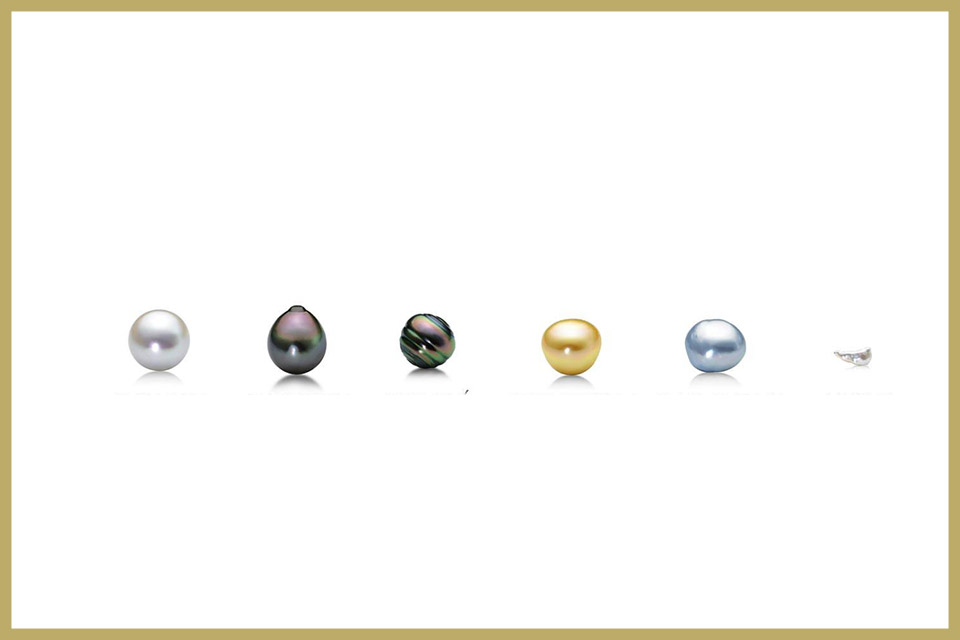You've added...
Subtotal: 375,00€
You've added...
Subtotal: 375,00€

Publié le 18/09/2024
Cultured pearls, symbols of grace and sophistication, have fascinated humanity for millennia. These jewels of the sea and lagoons, born from a mix of nature and chance, captivate with their variety and luster. In this article, we dive into the enchanting world of pearls, exploring the nuances of different shapes of Tahitian, freshwater, and South Sea pearls. Each of them, with its unique shape and story, offers a glimpse into the hidden treasures of the oceans.
As we journey through this nacreous universe, we will not only discover the intrinsic beauty of these pearls but also their deep symbolism and their place in the world of jewelry. Whether you are a designer of natural jewelry, a nature enthusiast, or simply curious to learn more about these wonders, join us in this exploration of pearl shapes.
Tahitian pearls, often referred to as the jewels of the Pacific Ocean, are renowned for their exotic beauty and rarity. These pearls, primarily sourced from Polynesian lagoons, stand out due to their unique shades, ranging from silver-gray to deep black, often enhanced with green, blue, or aubergine overtones. Their size, generally larger than other types of pearls, and their shape, which can range from perfectly round to highly baroque, make them exceptional and highly sought after.
The formation of a Tahitian pearl is a fascinating natural process. It begins when a foreign body enters a Pinctada Margaritifera pearl oyster, prompting the formation of nacre around this intruder. This process, which can take several years, is a testament to nature’s patience and unpredictability. Culturally, these pearls represent not only the natural wealth of Polynesia but are also imbued with deep meanings, symbolizing mystery, wealth, and eternity.
In contrast to Tahitian pearls, freshwater pearls are characterized by their incredible diversity. Mainly sourced from rivers, lakes, and lagoons, these pearls are often cultivated in freshwater mollusks, such as the pearl mussel. Their colors range from classic tones of white and cream to pastel shades of peach, lavender, or apricot, offering a wide spectrum of choices for jewelry enthusiasts.
A distinctive feature of freshwater pearls is their cultivation process. Unlike Tahitian pearls, they are sometimes formed without a nucleus or with nuclei of various shapes and sizes, resulting in a wide variety of forms and sizes, ranging from perfectly round to oval or even highly irregular, such as Keishi shapes. This uniqueness gives them a soft luster and texture, making them a popular choice for modern and affordable jewelry.
South Sea pearls are synonymous with luxury and refinement. Cultivated in large Pinctada maxima pearl oysters, these pearls are renowned for their impressive size and colors, ranging from pure white to deep gold. They hold a prestigious position in the world of high-end jewelry, often set in exclusive and premium creations. Their size and unique luster make them the perfect choice for statement jewelry, embodying elegance and prestige.
The art of jewelry is closely tied to the diversity of pearl shapes, each carrying its own unique language and meaning. This variety offers a wealth of choices for jewelry lovers, with each pearl shape reflecting a distinct personality and style.
Ultimately, each pearl shape tells its own story, inviting the wearer to express their individuality. Whether through their shape, color, or luster, pearls offer a vast array of possibilities to personalize jewelry and celebrate the uniqueness of each individual.